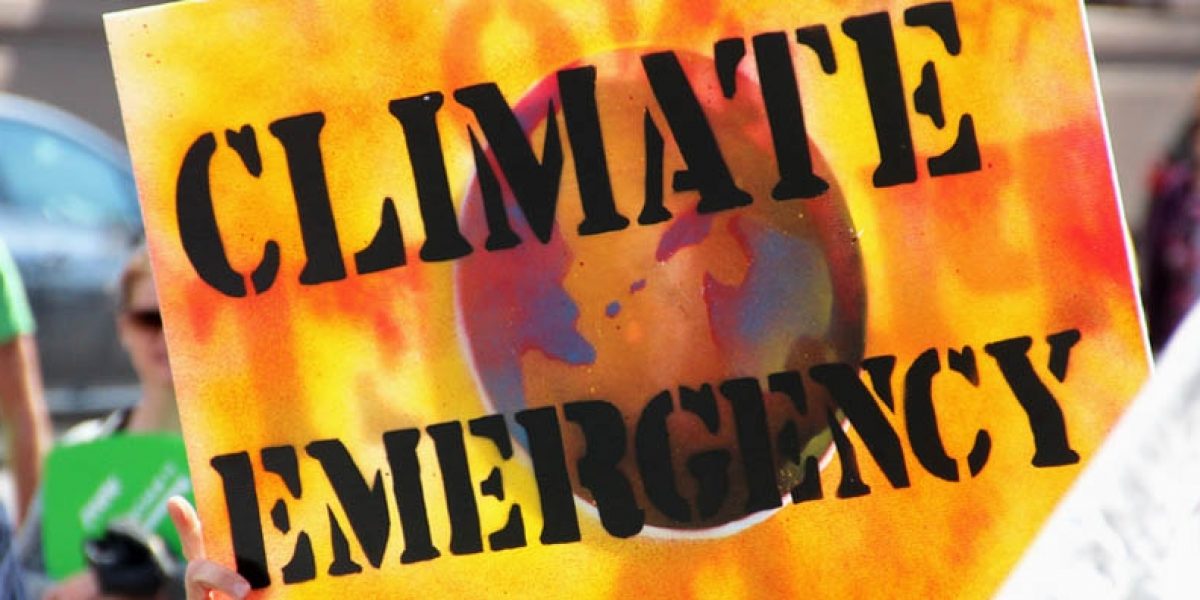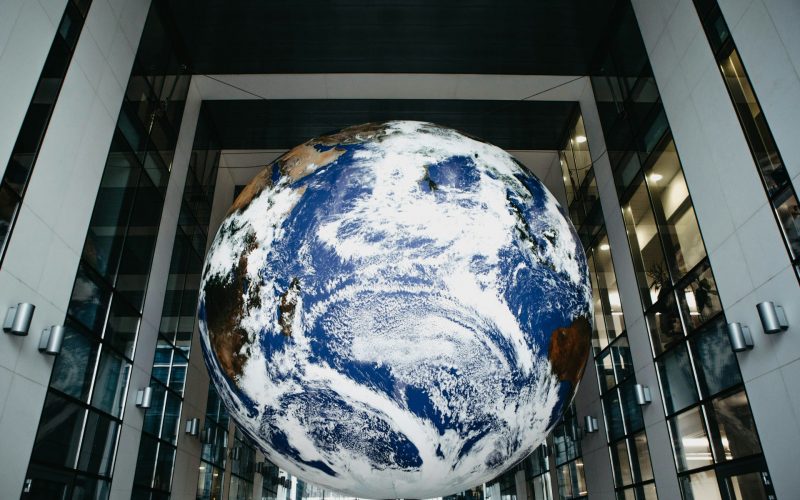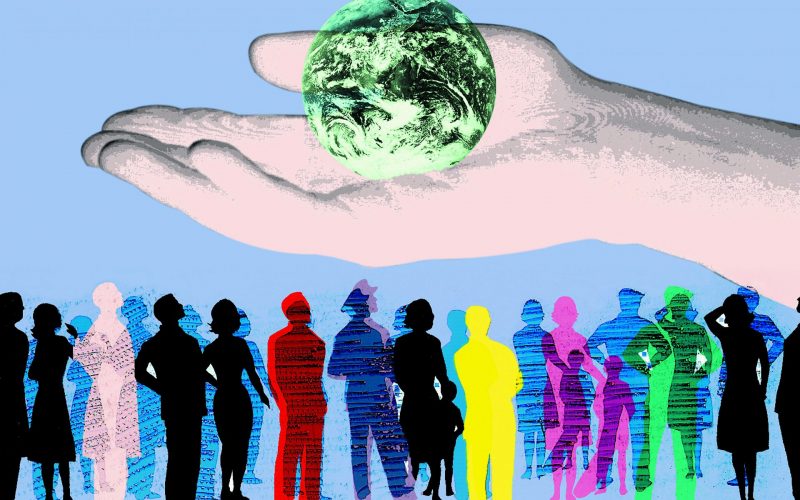The Agreement entered into force on 4 November 2016, signalling a true global effort to tackle the climate challenge.
The 22nd Conference of the Parties meeting (COP22) of the UN Framework Convention on Climate Change represents a crucial opportunity for member countries to demonstrate their commitments on climate change. From 7-18 November, COP22 must develop rules and processes for implementing the Paris Agreement to clarify and define operational elements for key issues covered in the agreement – such as transparency and the process for taking stock of progress and ramping up ambition. This is crucial to ensure that the global temperature rise is limited to well below 2 degrees Celsius (above pre-industrial levels), the minimum that climate scientists believe is required to prevent serious climate-related consequences.
The Paris Agreement gains momentum
To date, 100 countries — including China, India, South Africa and the US — have ratified the Paris Agreement. Together, these countries represent 67% of global greenhouse gas emissions. South Africa ratified the Agreement just last week, on 2 November.
When a country ratifies the Agreement, it commits to the decisive actions and policies outlined in its own national climate strategy. This ‘Nationally Determined Contribution’ (NDC) lays the foundation for actions and investment pathways towards clean energy, green infrastructure and climate resilience.
Countries that have joined are legally bound to the Agreement. The Agreement’s provisions include the requirement for all countries to report their climate actions transparently, collectively take stock of progress (starting in 2018), and enhance their climate actions every five years, while also scaling up finance.
Countries that have ratified the Paris Agreement become part of the Agreement’s governing body, called the CMA, with authority over all procedural and operational matters. The first meeting of this body (CMA1) will be held in conjunction with COP22, marking the start of decision-making on how to implement the Paris Agreement and adopt its rules. CMA1 must ensure that Parties have adequate time to embed their NDCs in national legislation and policy – especially many developing countries that have complicated internal processes for ratification, such as Nigeria, Angola and Sudan. One option is to extend CMA1 beyond the meeting in Marrakesh, while setting a clear deadline to conclude it.
Heated discussions at COP22
The likely points of contention at COP22 include how exactly national commitments will be monitored and verified, and the global requirements for reporting on climate action. Agreement on the latter is necessary to develop more accurate ways to measure the cost of complex climate impacts and determine what should be supported under climate finance.
Clarity is also needed on the plan to raise $100 billion in climate finance for developing countries by 2020. Current pledges from developed countries are insufficient. Questions remain around the future of the Adaptation Fund, set to end in 2020. Will the negotiating parties extend the mandate for the Adaptation Fund, or will there be another mechanism established that supports small-scale climate adaptation projects through direct access to funding?
South Africa’s contribution
Last year South Africa submitted its national plan, which included an emissions reductions target of between 398 – 614 MtCO2e (Metric Tonnes of Carbon Dioxide-equivalent) over the period 2025–2030, largely conditional on significant amounts of external assistance.
Despite praise for South Africa’s Renewable Energy Independent Power Producer Programme, questions remain around how South Africa will achieve its climate targets given its continued reliance on coal. Under the country’s Integrated Resource Plan (2010-2030), coal generation will still account for the lion’s share of energy production.
Marrakesh presents an opportunity for South Africa to reiterate its intention to implement the Paris Agreement and do its part to curb climate change. South Africa ratified the Agreement after a process of domestic approval that required a process to ensure public participation and transparency, and a demonstrated commitment to poverty alleviation and green growth. The ratification has legally binding consequences and therefore implications at many levels and across multiple sectors. Even though South Africa has a responsibility to act, based on its historical emissions, it is currently experiencing low economic growth and budgetary restraints. This makes climate change aspirations difficult to prioritise. South Africans are also awaiting the National Treasury’s decision on the draft carbon tax bill.
What now?
Despite the momentum built around the Paris Agreement, international efforts must be coupled with continued progress by countries at home to deliver on their national climate plans. This includes building the capacity for a major increase in ambition, and ramping up support for adaptation finance.
The Moroccan COP President Salaheddine Mezouar must recognise the importance of inclusiveness and accommodate parties, where possible, that are genuinely committed to the process but that are still awaiting the necessary domestic approval. However, he must be careful not to lose the momentum generated by the success of the Paris Agreement.
Also, as an African country there is hope that Morocco will be an advocate for the developing world agenda – pushing a pro-poor, sustainable development agenda.
There is now much work still ahead to turn the transformational promise of the Paris Agreement into reality.
Elizabeth Aardenburg is a former visiting research assistant at SAIIA.









